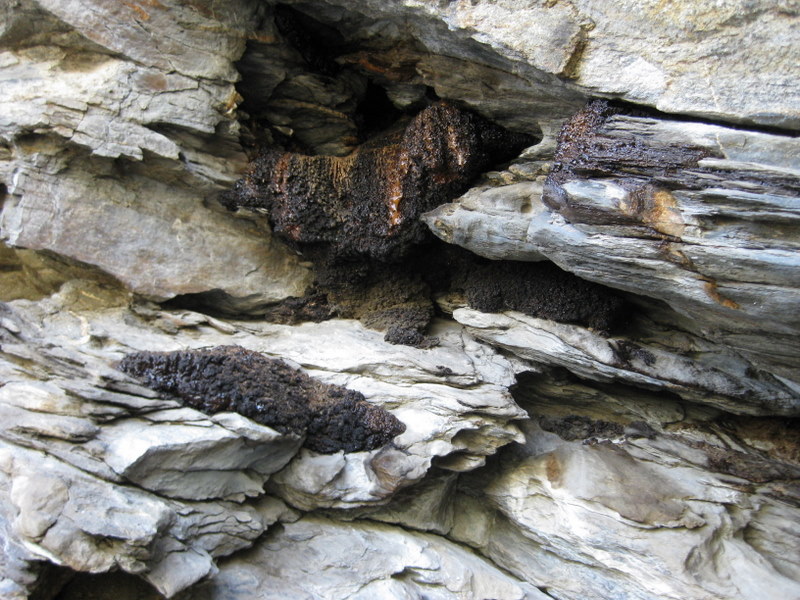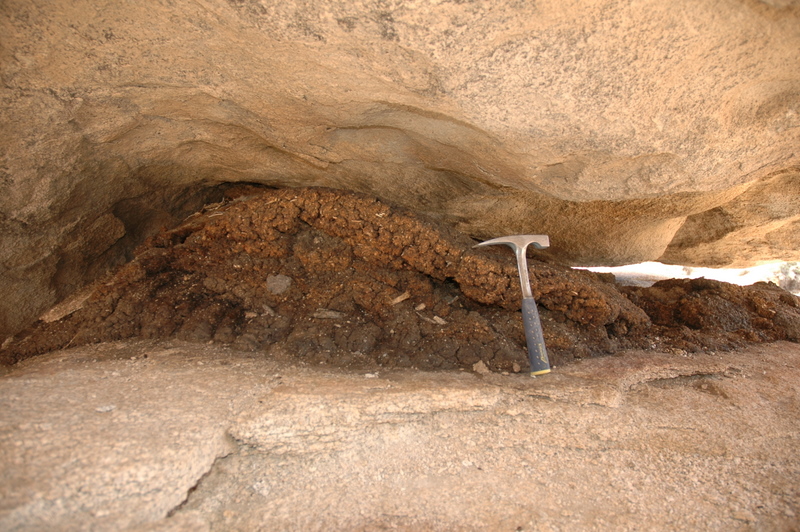
City of Rocks
Copyright © 2009 Julio Betancourt
In the late 1970’s, springtime in the American West warmed abruptly by 2 degrees Fahrenheit in the valleys, double that higher up. Our average onset of Spring now comes a week earlier across the West. If these are the first signs of climate change, even longer growing seasons will trigger not just earlier blooms but also northward plant migrations.
The past provides us with lessons about plant migrations. A thousand years ago, one-needle pinyon hopped from the Raft River Mountains in Utah to City of Rocks, Idaho. Across Utah, two-needle pinyon leaped over the Uintas to Flaming Gorge. We know this from radiocarbon dates on pinyon pine needles taken from ancient nest heaps of packrats preserved in caves. According to Dr. Julio Betancourt of the U.S. Geological Survey, who uses these packrat middens and tree rings to reveal past plant migrations, these recent advances by Utah’s two pinyon pines followed the Medieval Climate Anomaly, a period from 900 to 1300 AD marked by warming in Europe and severe drought in Utah.

Joshua Tree Natl Park
Copyright © 2009 Julio Betancourt
Droughts figure prominently in Dr. Betancourt’s view of tree migrations. Droughts trigger bark beetle infestations, wildfires, and tree dieoffs, opening up niches for regeneration. When the drought abates, the resident tree species typically return. With long-term warming, however, other species can move in from lower elevations or further south. Dead trees now abound on Utah’s landscape, and Dr. Betancourt thinks that we are on the verge of a new spate of tree migrations.
This go around, which species retreat or advance will depend on new factors, including human fragmentation of the landscape and accelerated dispersal of native and non-native species that hitch rides with us. To conserve ecological goods and services associated with some species, Dr. Betancourt argues, we will have to manage for these plant migrations.
This is Linda Kervin for Bridgerland Audubon Society.
Credits:
Photo: Courtesy and © Copyright 2009 Julio Betancourt
Text: Julio Betancourt USGS NRP Tucson: Biotic Response to Climate Variability
Faculty and Staff > Julio Betancourt
Additional Reading:
USGS National Research Program: Tucson AZ
https://wwwpaztcn.wr.usgs.gov/home.html
Climate Change and the Great Basin, Jeanne C. Chambers, USDA Forest Service, Rocky Mountain Research Station, Reno, NV, 2008,
A Database of Paleoecological Records from Neotoma Middens in Western North America, USGS/NOAA North American Packrat Midden Database, https://esp.cr.usgs.gov/data/midden/ (Accessed 27 August 2009)
